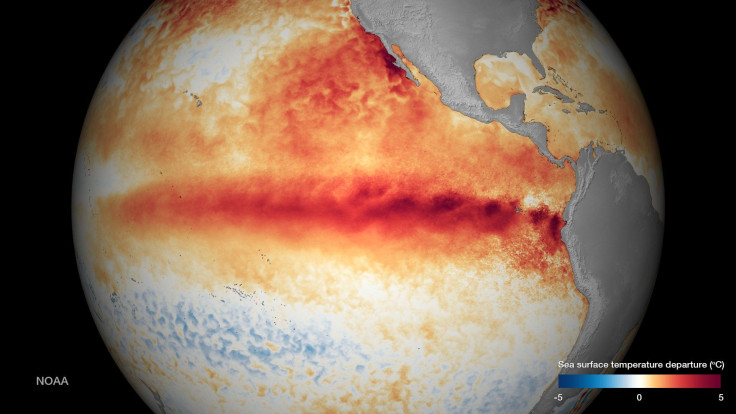4 million people across Pacific to suffer from food, clean water scarcity due to El Niño

The same pattern of the severe 1997-98 El Niño with a loss of 24,000 lives is expected to repeat on today’s emerging weather, experts say. A total of 24 people are confirmed dead in Papua New Guinea due to starvation and drinking contaminated water. More than 4 million people across the Pacific are predicted to suffer from food or clean water scarcity due to the current El Niño.
The death toll in Papua New Guinea is still feared to be higher than currently recorded as some of the districts have not reported yet and people have been experiencing drought for almost three months, Michael Ire Appa, the provincial disaster co-ordinator, told RadioNZ. He added that the drought has already been causing serious food and water shortage in the greatly affected areas.
People are suffering from a prolonged drought in the Chimbu province in Papua New Guinea, which caused sudden and severe frosts in highlands and killed almost all crops. A state of emergency has been declared in two other highland provinces in the country, and many areas would possibly run out of food in two or three months, according to Dr Simon Bradshaw, the climate change policy advisor of Oxfam Australia.
“In the highland areas people are almost exclusively reliant on subsistence farming, farming of sweet potatoes,” he said. “We do know that water is becoming very scarce, that’s of course impacting food production, and PNG is almost entirely dependent on its own food – I think 83 percent of its food is produced in-country – so any hit on food production poses immediate challenges in terms of food security.”
The Guardian reported that in the coming months, there will be more rain, floods and higher sea levels in countries near the equator due to El Niño, and low-lying islands are already experiencing the impacts of climate change. At the same time, a significantly drier and hotter weather will develop in Pacific south-west countries.
Across the Pacific, an estimated 4.1 million people are expected to suffer from water shortages, food insecurity and disease caused by El Niño, said Sune Gudnitz, head of the Pacific region office of the United Nations Office for the Coordination of Humanitarian Affairs. He added that many countries are currently in a vulnerable state to face the El Niño period, including Papua New Guinea, Fiji, Tonga and the Solomon Islands, which are already experiencing reduced rainfall that affects crops and drinking-water supplies.
In Indonesia, 34 provinces have been officially declared as suffering from severe drought, while in Vanuatu, which has been devastated by cyclone Pam in March and is still recovering, reduced rainfall are expected to affect food security, health and livelihoods.
Recent research shows that the El Niño patterns, which are commonly seen every three to seven years, would now appear as twice as frequently, while “normal” weather conditions would be more similar to those of occurring during El Niño, Bradshaw said.
He added that those countries that greatly feel the combined effects of climate change and El Niño are commonly the least equipped to deal with the impacts. The factors considered are geography, economy, governance and remoteness.
“Of course, those impacts are felt first and hardest by the world’s poorest communities, but these countries are also the least responsible for climate change. They’ve contributed negligibly to global greenhouse emissions,” Bradshaw said. The combination of the impacts of El Niño and climate change should urge all countries to have strong agreement at climate talks in Paris in December, he added.
Contact the writer at feedback@ibtimes.com.au or tell us what you think below





















